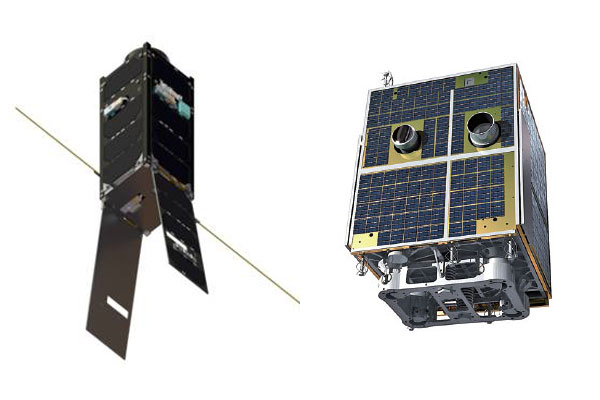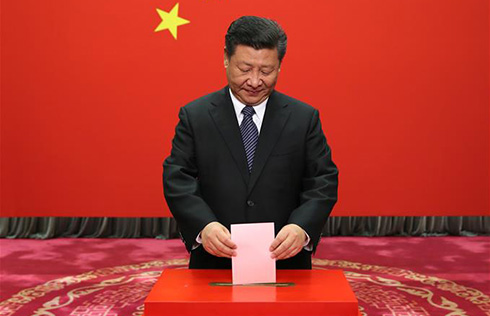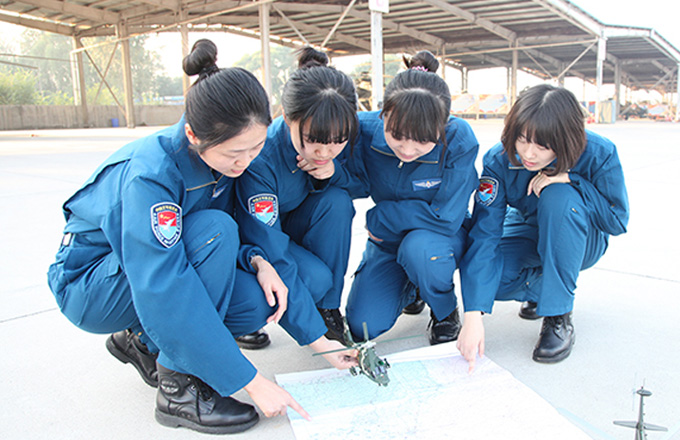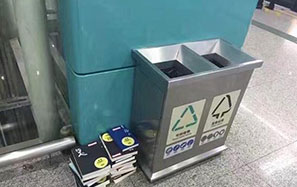Microsatellites set to blast off for success
 |
|
Left: An artist's impression of a microsatellite developed for the QB50 project. Right: A depiction of the Banxing 2 microsatellite.[Photos Provided To China Daily] |
Last month, the US government unveiled a project aimed at boosting the commercial space industry by encouraging NASA to invest $30 million in microsatellites which would allow smaller companies to enter the sector.
"The Chinese government should reciprocate by opening some aeronautics projects to private companies to create a competitive environment. By this process, the industry would develop gradually as it draws talent and technologies," Cao said.
In September, China Aerospace Science and Industry Corp signed an agreement with the government of Hubei province to jointly build a commercial spaceflight industry park and develop an entire industry chain, including rocket launches, satellite development, spatial information services and the production of aerospace ground equipment.
By 2020, the park intends to produce 30 billion yuan worth of equipment, including 50 launch vehicles, 40 100-kg satellites and 100 satellites weighing less than 100 kg.
Globally, the market for nano- and microsatellites is expected to show average annual growth of more than 20 percent until 2021, according to a report by Mordor Intelligence, a market researcher and consultancy in India.
Some experts are predicting further developments in the sector.
"We already have Internet Plus in China. In the future, we will be able to propose a new concept - Spaceflight Plus - by opening our launch capacity to the market, and thus driving productivity in other industries," said Han, of ChinaRocket.
"The reputation and reliability of China's aerospace industry means we have already received offers of cooperation from many sides, and that is likely to facilitate the formation of a Spaceflight Plus industry," he added.
Contact the writer at chengyingqi@chinadaily.com.cn


















